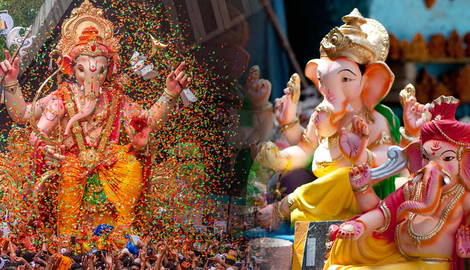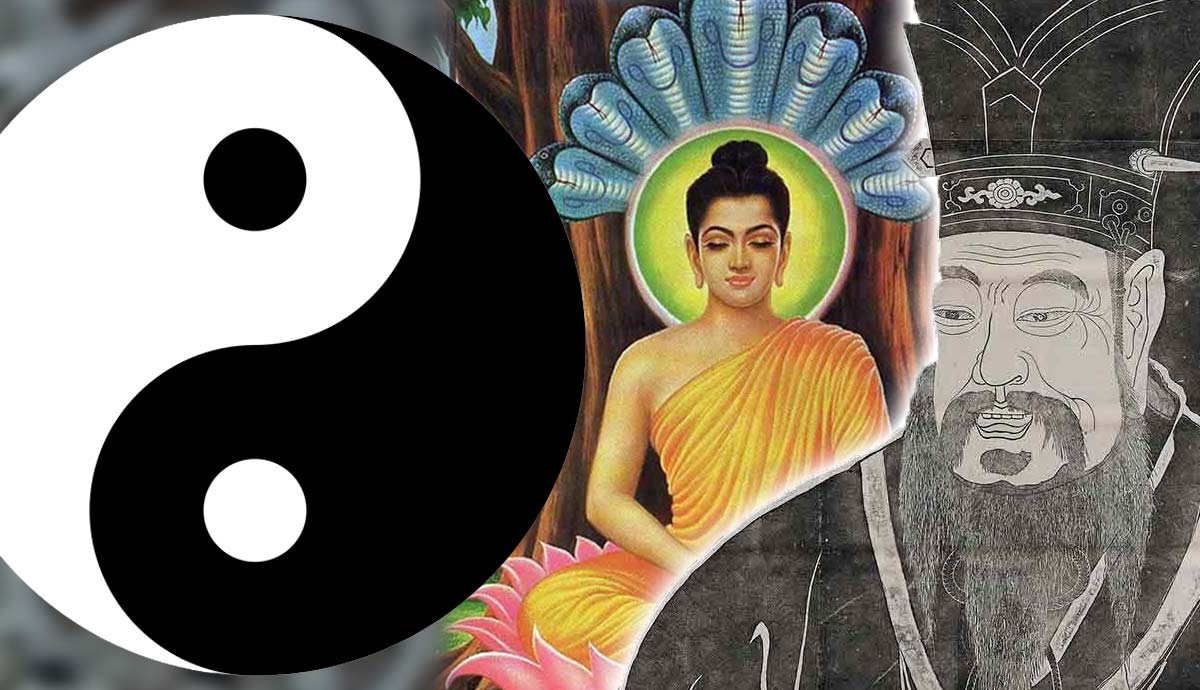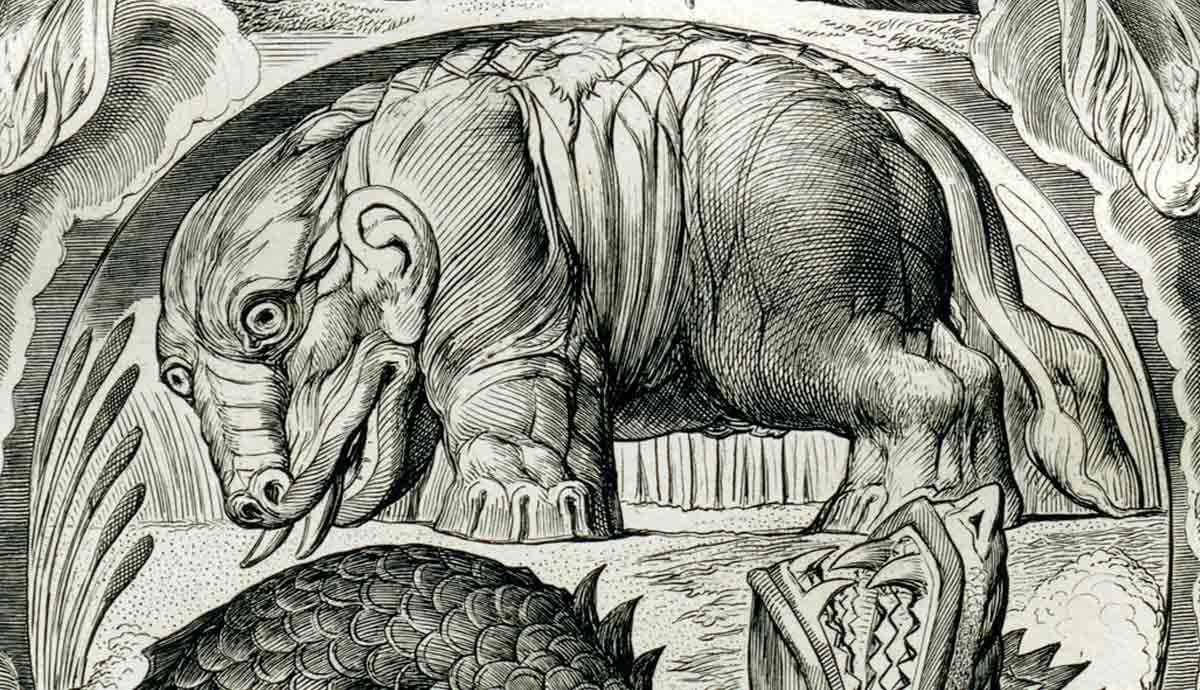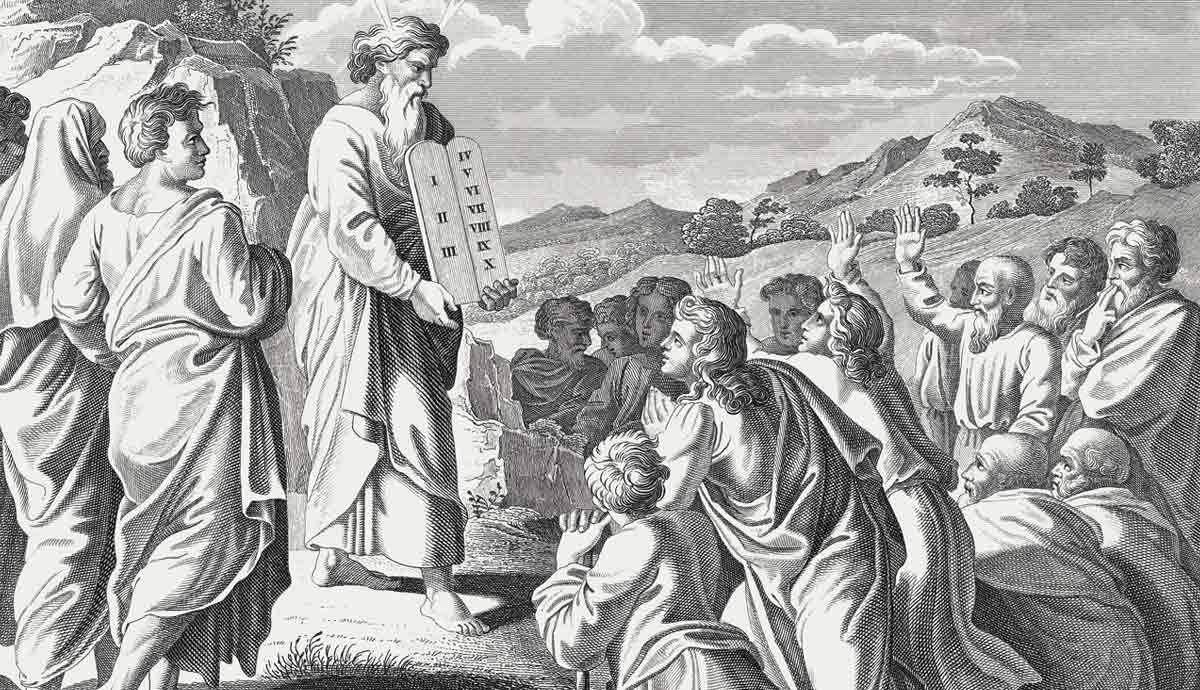
Ganesha Chaturthi is marked by ten days of vibrant celebrations, colorful idols, and elaborate public displays dedicated to the elephant-headed deity, Ganesha. The festival ends with grand processions and the immersion of giant idols in rivers or the sea. The immersion of the idols signifies the cycle of birth, life, and death, as the obstacles and hardships of life are washed away and destroyed.
While now a revered tradition, the festival as it is known today was established in 1894 in colonial Bombay, with the intent of displacing the popular Muslim festival of Mohurrum. By moving private Ganesha worship into public spaces, the festival fostered a new politicized form of urban Hindu devotion.
The Bombay Mohurrum

The Mohurrum festival commemorates the martyrdom of Husayn ibn ‘Alī, the Prophet Muhammad’s grandson, who died at Kerbala in 680 CE. Though traditionally a Shia festival, Sunni Muslims in late colonial Bombay (now Mumbai) made it their own, blending expressions of mourning with public festivities.
Bombay Muslims infused the traditional observances with several distinct “festive” innovations. Neighborhoods set up model tombs (tabuts) that attracted citywide attention. Each tabut had its own group of revelers (toli) that paraded through the city, as outsiders went around the different neighborhoods to visit the spectacular array of tabuts.
After ten days, the festivities culminated in a grand procession to Chowpatty Beach, where the tabuts were immersed in the sea in front of large numbers of spectators. According to some estimates, numbers could reach up to an approximate third of the city’s entire population (Masselos, 1991).
Mohurrum in Bombay was like a city-wide carnival, with music, dancing, and celebrations, animating and binding the crowds together. However, Mohurrum also brought religious differences into the open, sometimes leading to conflicts. Sectarian differences over the order of proceedings between Muslims were common and the festival attracted the attention of the authorities.
Contemporary observers noted that the Mohurrum represented a serious challenge to colonial public order (Green, 2011; Kidambi, 2007). As the colonial authorities eventually cracked down on the festivities the Bombay Mohurrum came to an end.
Another reason for its demise was that by 1894, Ganesh Chaturthi had risen to become the city’s major public festival.
The Role of Bal Gangadhar Tilak

Bal Gangadhar Tilak was a respected and influential member of the Indian National Congress who was active in the organization from 1890, on and off, until he died in 1920. He was a major figure and part of a newer generation of leaders that aimed directly for independence (swaraj) from British colonial rule.
Unlike Congress “moderates” who sought reform and representation under the umbrella of British rule, Tilak’s enthusiasm for swaraj was deemed by the British colonial authorities to be a particularly dangerous form of seditious extremism. Alongside his enthusiasm for Indian self-rule, Tilak held fervent Hindu nationalist beliefs. He saw Hinduism as not just the social glue of Indian society, but the natural and rightful “Aryan” successor to ancient Vedic culture (Bhatt, 2001).
Although Tilak didn’t initiate the transformation of Ganesha Chaturthi into a major public festival himself, he played the important role of gifted publicist, champion, and disseminator of the cause across Maharashtra, from Bombay City and Poona to the rural hinterlands of Western India.
Joining forces with local Brahmins who shared his views on orthodox Hinduism, militant politics, and opposition to British rule, Tilak helped politicize devotion to Ganesha. He framed the festival around mythological Hindu themes, designed to incite animosity towards the “alien” Muslim foreigner.
The xenophobic rhetoric that underpinned the festival was directed not only at European colonizers but also at Muslims. The main aim of the festival was not the celebration of Hinduism—and the elephant-headed god Ganesh—as much as the production of a venue for the public assertion of an aggressive form of Hindu unity against all others.
The Birth of Ganesha Chaturthi

As the worship of Ganesha moved from private homes to the streets of Bombay, a collective aspect of the celebrations emerged. This shift involved the installation of decorated pavilions (mandaps) and the commission of public Ganesha sculptures (sarvajanik) as the focal point of collective worship. These efforts were funded by collecting subscriptions from the adjoining streets and markets of each neighborhood.
Like the Bombay Mohurrum, on the tenth and final day of the festival, the sarvajanik Ganpatis were immersed in the sea in a final celebration at Chowpatty Beach.
The transformation from a private family affair to a public city-wide event also brought a significant change in the depiction of Ganesha idols. The new public festival began to present Ganesha in a warrior (Kshatriya) form, bending religious symbolism with a militant and politicized portrayal of Hindu identity. This, of course, was part and parcel of a strategy to reinvigorate Hindu traditions and iconography in opposition to colonial rule (Bhatt, 2001).

Historically, Ganesha was the deity of Chitpavan Brahmin communities. However, the primordial narratives of Hinduism and the popularization of the festivities by Hindu leaders like Tilak helped broaden the appeal of Ganesha, mobilizing a broader mass of “lower caste” Hindus. This strategy for mass inter-caste mobilization was not just anti-colonial but also anti-muslim.
Mirroring the tolis of Mohurrum, the invention of an urban public, Ganesha Chaturthi introduced singers (melas) to each of the sarvajanik Ganpatis. These singers were often adorned with popular Hindu emblems and sometimes dressed as soldiers of the Hindu warrior king, Shivaji. The melas were politically charged against Muslims and the verses of their songs (1894) exhorted Hindus to boycott the Mohurrum festival:
Critically, the melas were politically loaded against the idea of the (Muslim) alien foreigner. The verses of their songs (1894) exhorted Hindus to boycott the Mohurrum festival:
“What boon has Allah conferred upon you
That you have become Mussalmans today?
Do not be friendly to a religion which is alien
Do not give up your religion and be fallen.
Do not at all venerate the tabuts,
The cow is our mother, do not forget her.”
Ganesha Chaturthi Today

Paradoxically, while Ganpati Chaturthi borrowed heavily from Mohurrum, its champions urged Hindus to boycott it. By emulating dominant aspects of the festivities, the promoters of the newly minted political festival aimed to recruit Hindu musicians, dancers, and artists who had previously attended Mohurrum. Unlike the original festival, political mobilization around the symbol of Ganesha was intended exclusively for Hindus.
Today Ganesha Chaturthi has evolved into one of the biggest festivals in the world, celebrated all over India—and beyond. In the weeks leading up to the annual celebrations, Hindu families buy and make idols and statues of the elephant-headed god. They believe that by doing so, they will remove all obstacles to success and bring good fortune for the coming year.
While the festival is widespread throughout India it remains at its most spectacular in the city of Mumbai (formerly Bombay). At the festival’s conclusion, enormous crowds gather for a grand procession to the sea, as Ganesha idols, ranging from the minute to the immense, are brought together. The atmosphere resembles a giant party: the streets pulse with modern electro-bhangra beats, dancing, and color until seemingly half the city converges on Chowpatty Beach. The giant idols are then sprayed with water and immersed in the sea.

Ganesha Chaturthi in Mumbai is a massive celebration. However, it remains highly politicized. In the southern state of Tamil Nadu, Vinayaka Chaturthi (as the festival is known) is largely organized by Hindu nationalist organizations connected to the ruling Bharatiya Janata Party (BJP). These groups use the festival to foster the sense of a unified Hindu “majority” culture, and to counter the caste-based politics and anti-Brahminism that are historically strong in the region (Fuller, 2001).
Similar to the festival’s inception in Bombay in the 1890s, the popularization of Vinayaka Chaturthi is closely aligned with right-wing Hindu nationalist forces. In Mumbai, the festival serves as both a celebration of Hinduism and an expression of Hindu nationalism that highlights Hindu unity in contrast to Indian Muslims.











